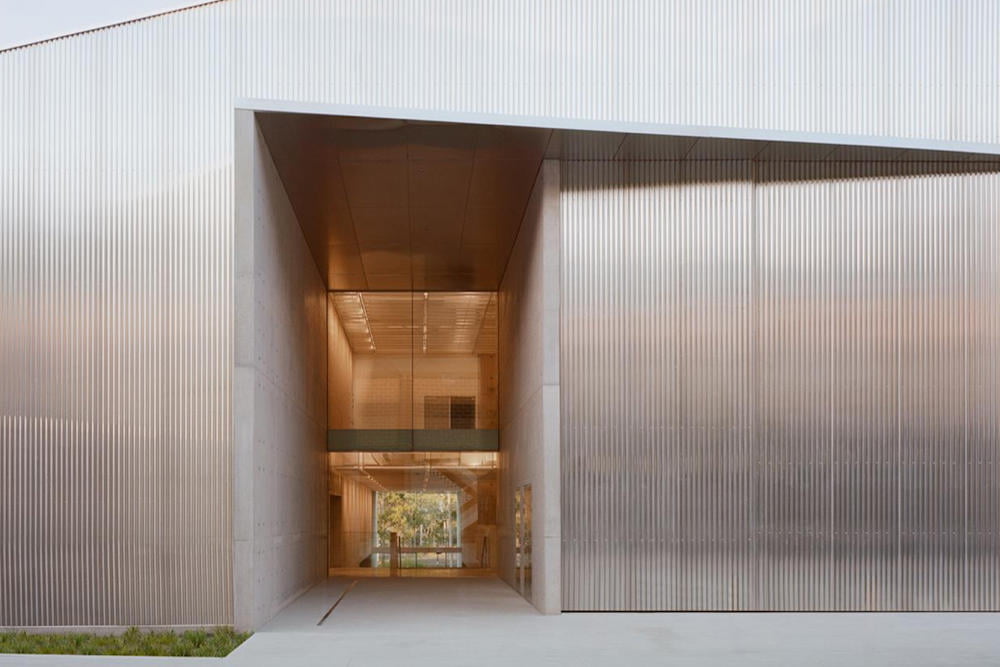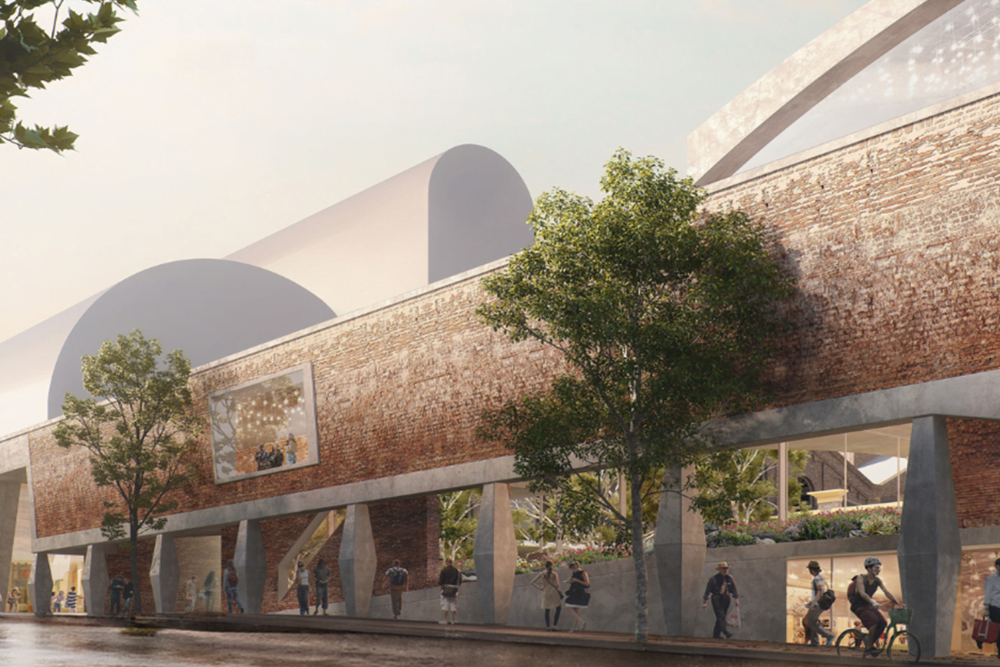
China Medical University (CMU) has commenced construction of the CMU Museum of Fine Arts at its Shui-Nan campus in Taichung, Taiwan, a project hailed as a transformative milestone for both the university and the nation’s cultural landscape.
Designed by Pritzker Prize laureate Frank Gehry, this museum is being described as his “only monumental creation in East Asia” and a “defining moment” in Taiwan’s architectural and cultural progression.
For Dr Chang-Hai Tsai, chairman of China Medical University and Healthcare System, the museum fulfils a long-held ambition to extend the university’s legacy beyond its established strengths in education, medicine, and biotechnology.
“Through architecture and art, and through the hand of a master architect, we hope to offer the world a glimpse of Taiwan’s spirit,” Dr Tsai stated.
The concept for the Shui-Nan campus, planned in 2014 and entrusted to the New York–based architecture firm SOM, was centred around a museum that would serve not just as a space for art, but as a hub for “ideas, identity, and innovation”.
Frank Gehry, often regarded as the “father of deconstructivist architecture,” was personally invited by Dr Tsai to design the museum.
Despite no longer participating in design competitions and working exclusively by invitation, Gehry was moved by the project’s vision and agreed to create a museum uniquely tailored to Taiwan.
The museum’s design features folded metal sheets and “undulating” stainless steel, creating a dynamic interplay with natural light and the sky.
Gehry’s vision turns the building’s façade into a “living canvas,” “radiating hues like a watercolour painting” that shift with the sun and weather.
In an interview with the New York Times, Gehry explained: “The design is inspired by reflections of buildings, trees, and the sky on pools of water and mirrored steel.
“Using softer stainless steel, we crafted a fluid form through precise folds and curves. The building will shimmer gently, breathing with light, like a watercolour in motion.”
This innovative approach is intended to create a poetic dialogue between architecture, nature, and the cityscape, forging a vibrant new link between art and urban life.
The CMU Museum of Fine Arts is envisioned as a new centre where university education and aesthetic education converge, connecting Taiwan to the global cultural landscape.
The museum is expected to collaborate with the Asia Museum of Modern Art and international institutions, including Harvard’s Fogg Museum, Stanford’s Cantor Arts Center, Oxford’s Ashmolean Museum, and Cambridge’s Fitzwilliam Museum.
Chairman Tsai emphasised the broader significance of such institutions, stating: “World-class cities are home to world-class universities-institutions that not only excel in academic research, but also house world-renowned museums.
“Universities such as Harvard, Stanford, Oxford, and Cambridge exemplify the seamless integration of scholarship and the arts.”
Slated for completion in 2028, the CMU Museum of Fine Arts is set to become the centrepiece of the Shui-Nan campus and a beacon for Taiwan’s aspirations in the global arts community.
As construction begins, the project stands as a testament to the power of architecture to inspire, connect, and elevate a nation’s cultural identity.










